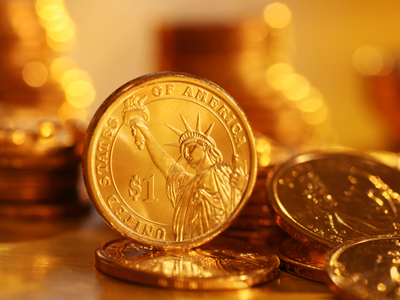
Ask the AI Tutor
Need help with Reactions of Metals 01? Ask our AI Tutor!
AI Tutor - Lucy
Connecting with Tutor...
Please wait while we establish connection

Test your knowledge of metals in this quiz.
Reactions of Metals 01
Metals react in different ways. Some react quickly with water or acid, while others hardly react at all. Their reactivity determines how they are extracted and used.
1 .
Reactive metals can take the place of a less reactive metal in some reactions. This is known as .......
combination
displacement
neutralisation
oxidation
The more reactive metal displaces (kicks out) the less reactive metal from its compound
2 .
The metals lithium, sodium and potassium (which react with cold water) are found in which group of the periodic table?
1
2
5
7
They are called the alkali metals
3 .
If a metal reacts with a dilute mineral acid, the products will be .......
a salt and carbon dioxide gas
a salt and hydrogen gas
a salt and water
hydrogen gas and carbon dioxide gas
Mineral acids that you may have used in your school laboratory are hydrochloric acid, sulfuric acid and nitric acid. The salt depends on the acid and metal used, so if the metal was iron and the acid was nitric, the salt would be sodium nitrate
4 .
A metal which has been used for pipes and in coins because it has little reaction with air or water is .......
copper
iron
potassium
tin
Can you imagine what would happen to a water pipe made from potassium?!
5 .
Some acid is put onto strips of metal. What would you see if the metals react?
Burning
Colour change
Nothing
Some bubbles of gas
More reactive metals also release a lot of heat in this reaction
6 .
Metal carbonates react with acids to produce carbon dioxide gas. It can be tested for using .......
a glowing splint
a lighted splint
limewater
universal indicator
The limewater turns cloudy (milky)
7 .
Zinc is more reactive than copper, so can take its place in a reaction with copper sulfate. Which is the correct word equation?
Zinc + copper + sulfate → zinc sulfate + copper
Zinc + copper sulfate → zinc + sulfate + copper
Zinc + copper sulfate → zinc sulfate + copper
Zinc sulfate + copper → zinc + copper sulfate
It is just a case of swapping the zinc and copper round. A word equation shows you the starting and finishing materials
8 .
Magnesium ribbon reacts with acid. It will react more vigorously if .......
less magnesium is added
more acid is added
more water is added
the acid is warmed up
When you warm up a chemical reaction, it goes faster
9 .
Using your knowledge of metals and their reactions, which list places the metals in order of DECREASING reactivity?
Copper, gold, zinc, iron
Iron, magnesium, sodium, copper
Sodium, magnesium, iron, copper
Zinc, gold, copper, sodium
If you forget, you can easily look up the reactivity series but knowing the main metals in order off by heart can save time when answering questions or working out what is happening in some chemical reactions
10 .
Metals are .......
good conductors of heat and electricity
magnetic materials
poor conductors of heat and electricity
usually liquids or gases at room temperature
There is no correlation between the position in the reactivity series and how well a metal conducts electricity
**Unlimited Quizzes Await You! 🚀**
Hey there, quiz champ! 🌟 You've already tackled today's free questions.
Ready for more?
Ready for more?
🔓 Unlock UNLIMITED Quizzes and challenge yourself every day. But that's
not all...
not all...
🔥 As a Subscriber you can join our thrilling "Daily Streak" against other
quizzers. Try to win a coveted spot on our Hall of Fame Page.
quizzers. Try to win a coveted spot on our Hall of Fame Page.
Don't miss out! Join us now and keep the fun rolling. 🎉
**Unlimited Quizzes Await You! 🚀**
Hey there, quiz champ! 🌟 You've already tackled today's free questions. Ready for more?
🔓 Unlock UNLIMITED Quizzes and challenge yourself every day. But that's not all...
🔥 As a Subscriber you can join our thrilling "Daily Streak" against other quizzers. Try to win a coveted spot on our Hall of Fame Page.
Don't miss out! Join us now and keep the fun rolling. 🎉






